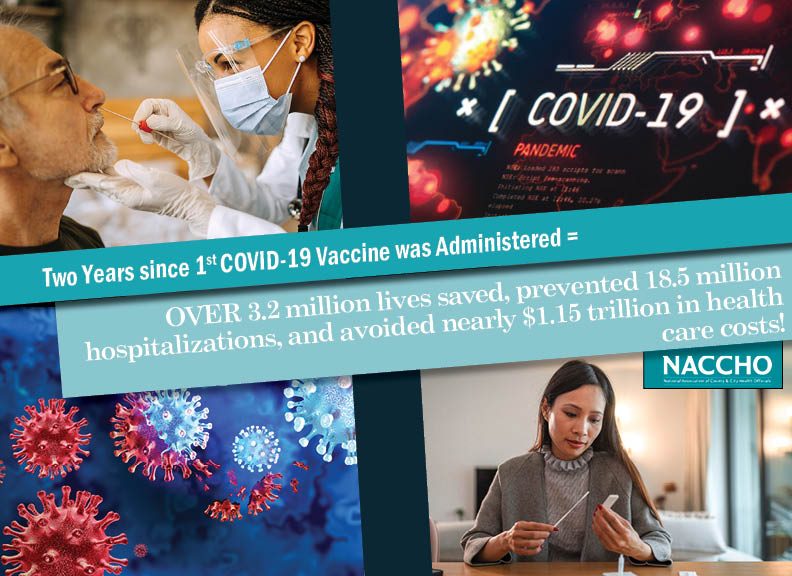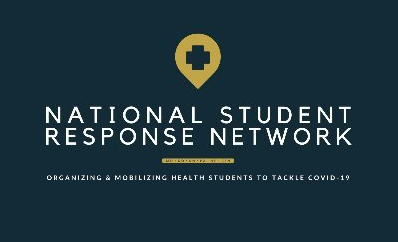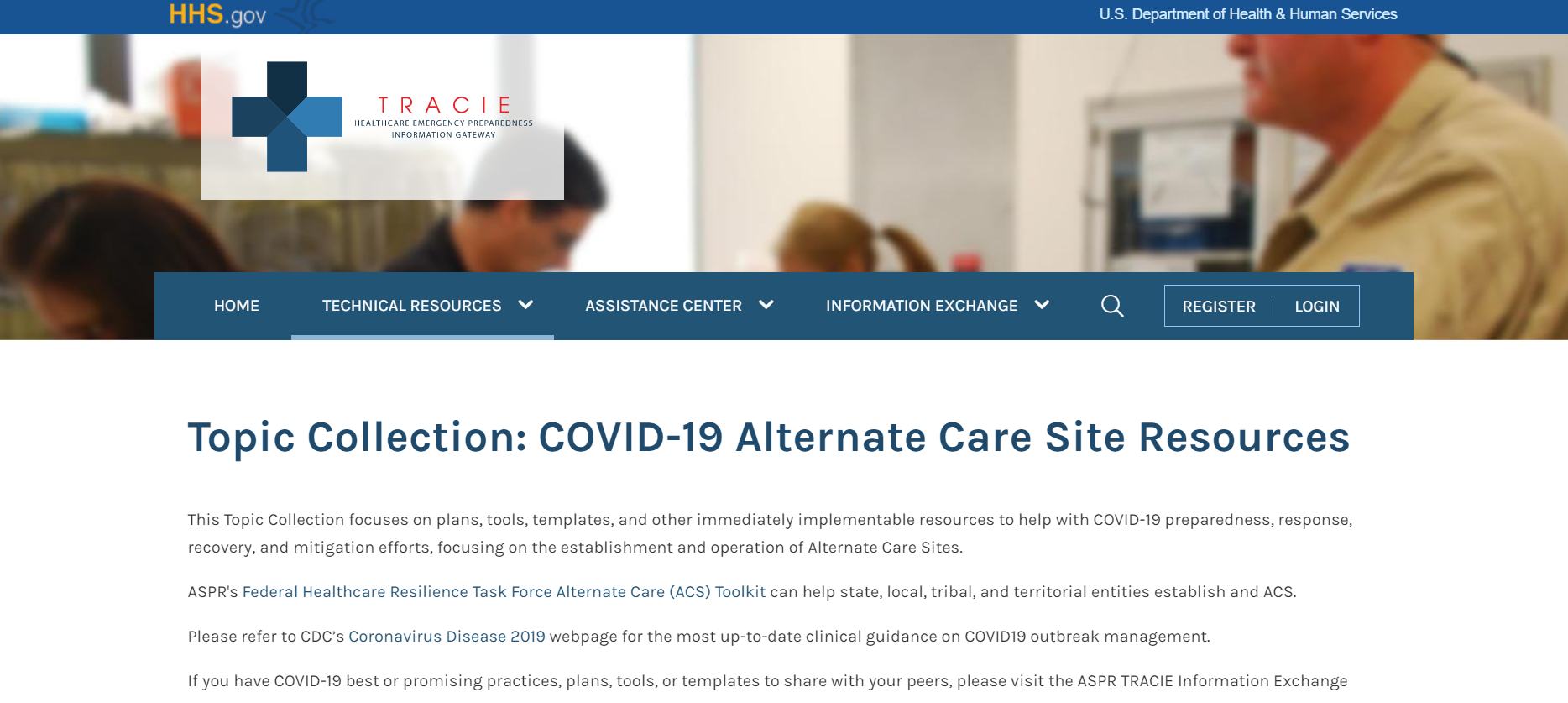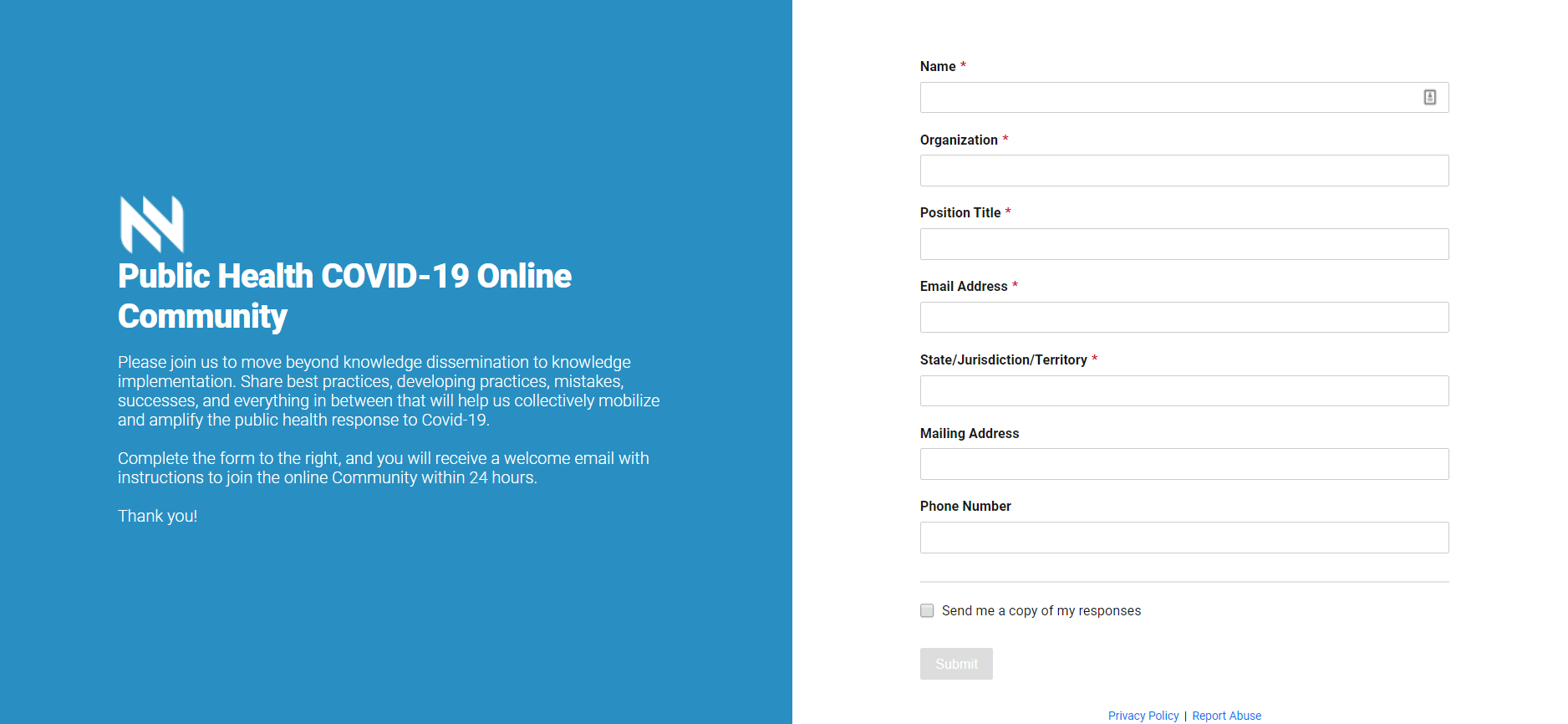Popular Categories
Now Available: Newest Versions of Project Public Health Ready Criteria
This month, the National Association of County and City Health Officials (NACCHO) released the newest versions of the Project Public...
Sep 19, 2019 | Kim Rodgers
Influenza
PanVax Tool: Improve Pandemic Influenza Emergency Vaccination Programs
CDC’s Division of Preparedness and Emerging Infections Health Economic Modeling Unit co-authored an article, to describe how the...
Sep 17, 2019 | Kim Rodgers
Maternal, Child, & Adolescent Health
National Preparedness Month 2019: Youth Preparedness
When developing preparedness plans for public health emergencies, it is important to remember that certain community members can be...
Sep 16, 2019 | Kim Rodgers
Community Engagement
MMWR: Participation in Community Preparedness Programs in HSOs and FBOs
With training from health departments, human services organizations and houses of worship can be neighborhood assets in preparing for...
Sep 05, 2019 | Kim Rodgers
Tools & Resources, Project Public Health Ready (PPHR)Now Available: Newest Versions of Project Public Health Ready CriteriaThis month, the National Association of County and City Health Officials (NACCHO) released the newest versions of the Project Public Health Ready (PPHR) criteria. The first-time application criteria are now version 10.0 (previously version 9.1) and the re-recognition application is now version 5.0 (previously version 4.1). Sep 19, 2019 | Kim Rodgers |
InfluenzaPanVax Tool: Improve Pandemic Influenza Emergency Vaccination ProgramsCDC’s Division of Preparedness and Emerging Infections Health Economic Modeling Unit co-authored an article, to describe how the Pandemic Vaccine Campaign Planning Tool (PanVax Tool) can help state and local public health emergency planners improve their pandemic vaccination programs through partnerships with community vaccine providers. Sep 17, 2019 | Kim Rodgers |
Maternal, Child, & Adolescent HealthNational Preparedness Month 2019: Youth PreparednessWhen developing preparedness plans for public health emergencies, it is important to remember that certain community members can be more vulnerable to the negative impacts of an emergency or disaster. Involving the youth population (i.e., children and teens) in preparedness plans is a great strategy to enhance community resilience. Sep 16, 2019 | Kim Rodgers |
Community EngagementMMWR: Participation in Community Preparedness Programs in HSOs and FBOsWith training from health departments, human services organizations and houses of worship can be neighborhood assets in preparing for and recovering from public health emergencies. Sep 05, 2019 | Kim Rodgers |
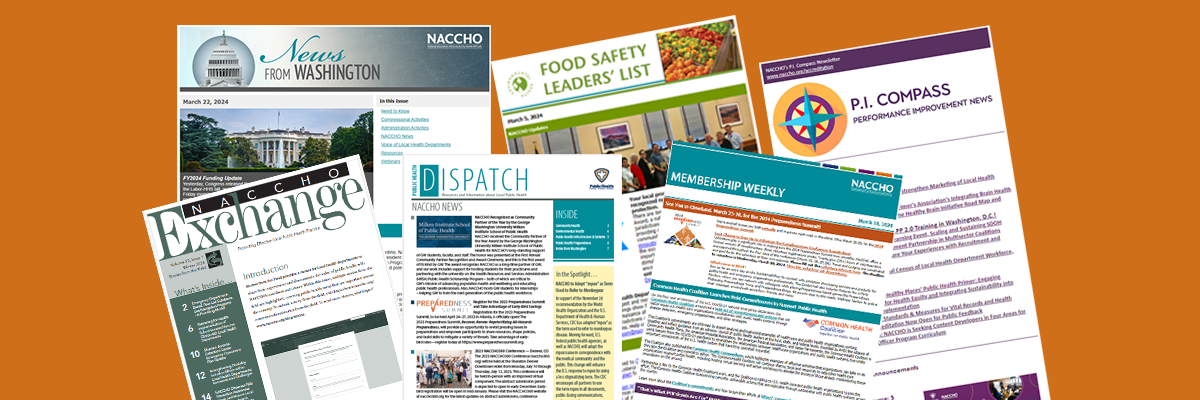
Subscribe Today
Sign Up for the E-mail Digests
Create an account or login to MyNACCHO and go to "My Subscriptions."
SUBSCRIBE NOW